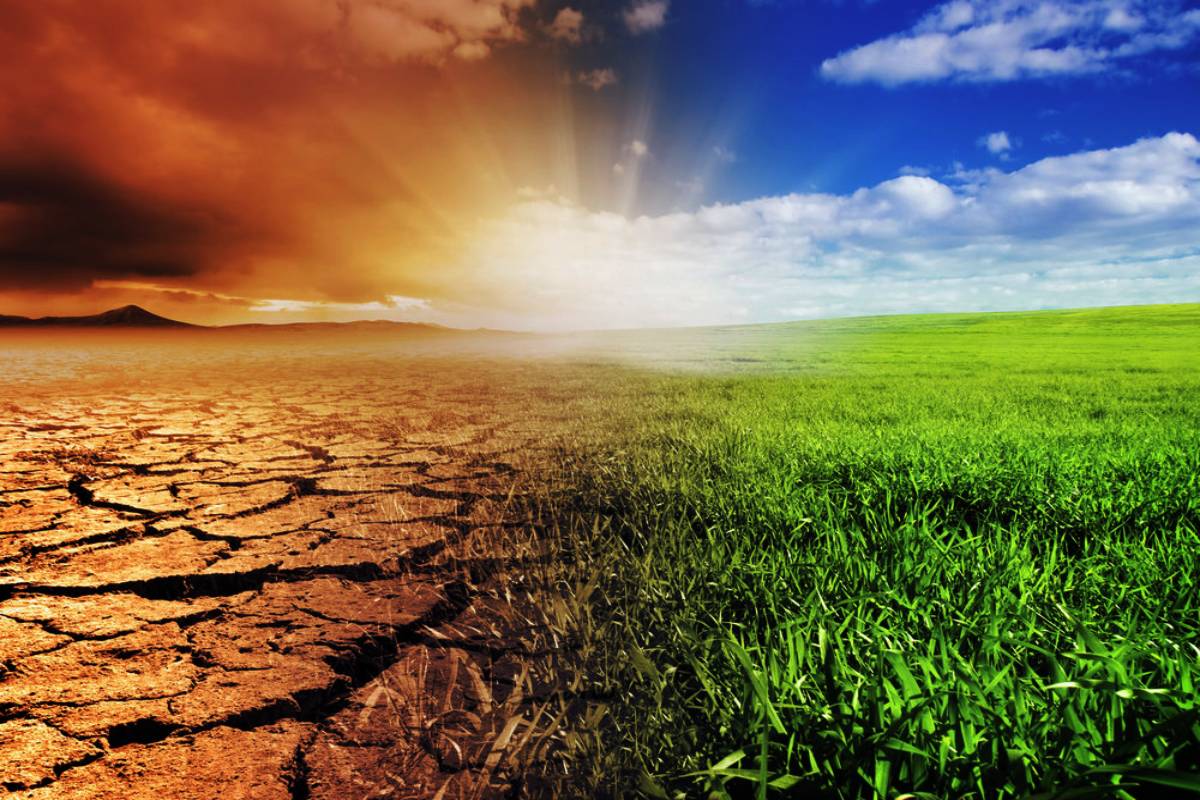Marine scientists have devised unique methods for implementing their strategies at the grassroots level in remote coastal villages of Odisha to address the challenges of climate change.
Professor Dinabandhu Sahoo a marine scientist and Senior Professor at Delhi University, along with his collaborator Dr Sanjukta Sahoo, a Civil Engineering Faculty at KIIT, Bhubaneswar, have designed several types of artificial reefs in the laboratory.
Advertisement
After several months of experiments, the duo finally deployed a number of artificial reefs in the coastal waters of Odisha, marking the first of its kind in the coastal state.
Increasing levels of carbon dioxide in the atmosphere are causing climate change. The result is increasing temperature, frequent cyclonic storms in coastal areas, acidification of the ocean, loss of biodiversity, bleaching of corals, decreased fisheries productivity, rapid degradation of ecosystems, and many more, climate change experts said.
Artificial reefs will not only increase the fisheries’ productivity, but also help in the restoration of degraded marine ecosystems and will increase biodiversity, Prof Sahoo said.
Artificial reefs construction and deployment is a multibillion-dollar industry. Countries like the USA, France, Japan, China, Korea, Australia, etc. have deployed millions of such reefs in their sea coasts to boost their economy and enjoy rich returns.
Around the world, approximately 500,000 reef balls have been deployed in 3,400 artificial reef and beach restoration projects in more than 70 countries. Odisha has about 480km of coastline and stands as a potential site to explore its viability.
Artificial reefs with specific designs and materials will not only provide habitat for several marine species, but also reduce wave action, thereby protecting the coast against cyclonic storms. Additionally, they serve as a favourable substrate for seaweeds and some specific types of aquatic plants that can sequester carbon dioxide from water in a faster way, Dr Sanjukta Sahoo said.
Artificial reefs will create more jobs for coastal communities through enhanced fisheries production and through future plans for marine ecotourism aimed at improving livelihoods.
An “Indian Seaweeds Wheel”, 24 feet in diameter with 24 spokes resembling the Ashok Chakra, has been designed and submerged in coastal waters to absorb Carbon dioxide to fight climate change. Both Artificial Reefs and seaweeds farming are going to be game changers soon. They are now planning to design more colourful artificial corals which can imitate natural coral reefs to boost marine eco-tourism. Sahoos’ efforts are in sync with Pradhan Mantri Matsya Sampada Yojana which aims to transform India’s fisheries and aquaculture sector.









